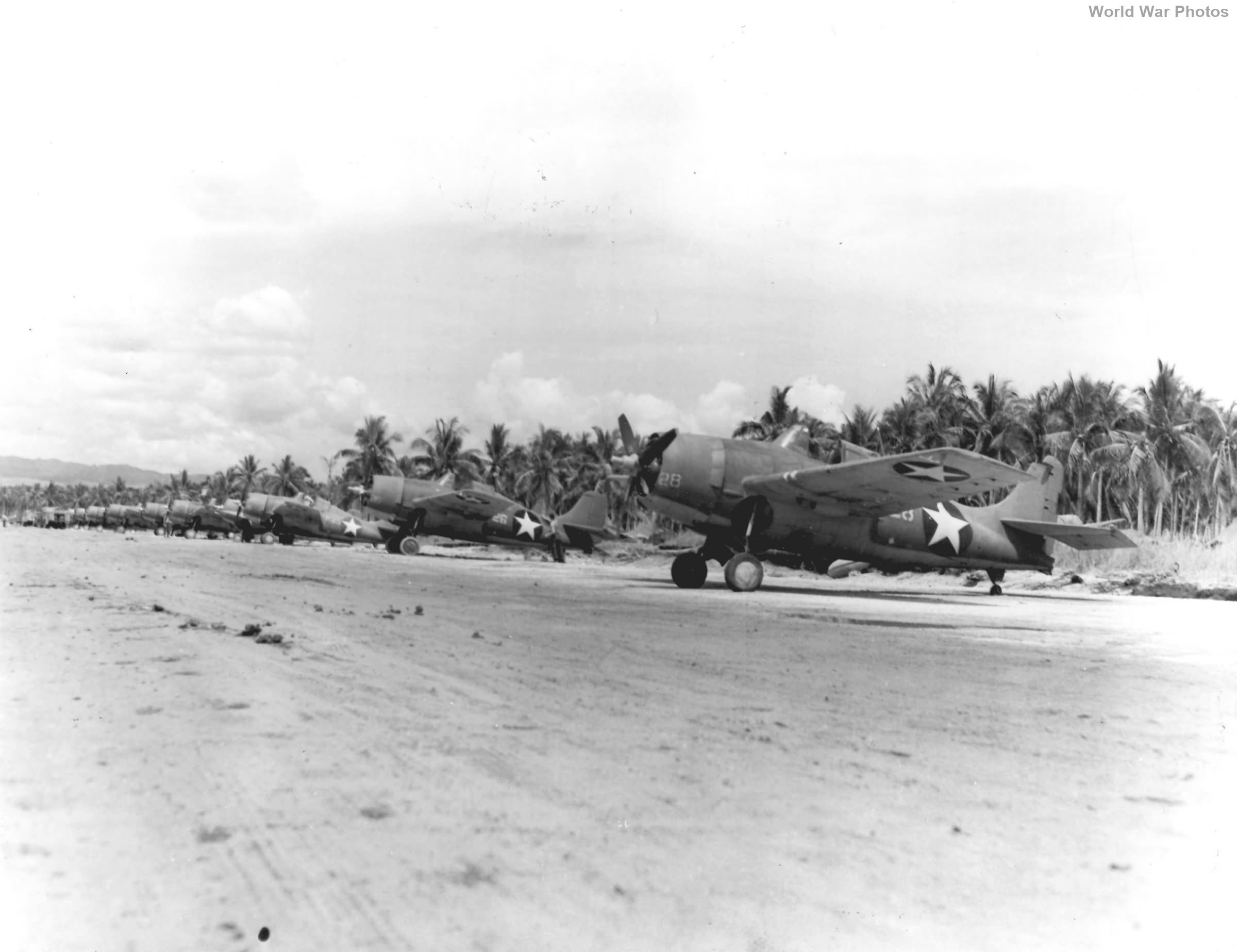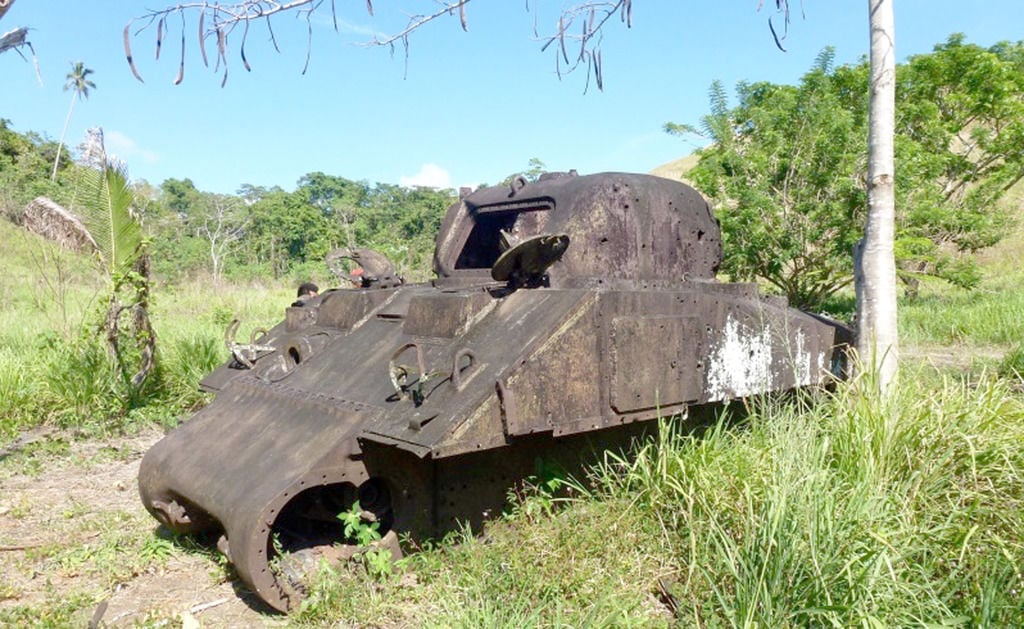

Pacific Fleet to relocate from its anchorage at San Diego, California, to Pearl Harbor, Hawaii - more than 2,000 miles closer to Japan. It was clear that Japan had further expansion in mind when it signed the Tripartite Pact with Germany and Italy in September 1940."Īfter the Japanese occupation of Indochina, President Roosevelt ordered the U.S.

"In plain terms meant the expulsion of all Western interests and influence from the Orient. "For months, ambassador Joseph Grew in Tokyo had been reporting that Japan's public pronouncements were not bluster, that it was committed to "Greater East Asia Co-Prosperity Sphere," Hopkins wrote. Hopkins', book " The Pacific War: The strategy, politics, and players that won the war" (Zenith Press, 2010). After the fall of France in June 1940, Japanese troops occupied Indochina, which was then a French colony, which caused concern in the U.S, according to William B. (Image credit: Bettmann / Contributor via Getty Images)įrom the 1930s Japan had begun allying with Nazi Germany and Fascist Italy, starting by signing the Anti-Comintern Pact against the Soviet Union in 1937. Japanese troops photographed in Hainan, which they occupied in 1939, taking it from the French who claimed the island off the coast of China. "The Japanese realized that in order to sustain their military and execute a grand strategy of territorial expansion and hegemony in the Pacific they had to be able to sustain their war machine."

"Japan needed access to resources outside its territory, particularly oil from the East Indies that would fuel its military machine and facilitate the industrial growth needed to maintain that military and to economically dominate the Pacific region," John Wukovits, author of " One Square Mile of Hell: The Battle for Tarawa" (NAL Caliber, 2006), told Live Science in a telephone interview. The objective of the Japanese was the rich natural resources in Manchuria. By 1931, the Japanese Army had already mounted an offensive incursion in the Chinese province of Manchuria, and in 1937 a staged incident at the Marco Polo Bridge near the Chinese capital of Peking led to a full-scale war. In the late 1920s, Japan expanded its military, building a large navy, as well as expanding its land armies and its air power.


 0 kommentar(er)
0 kommentar(er)
